The United States is home to many fine aerospace museums. Some of my favorites are the Strategic Air Command Museum in Nebraska, the Pima Air and Space Museum in Arizona, and the Smithsonian Air and Space Museum in Washington DC. The Smithsonian Air and Space Museum is particularly notable, as it’s the most well known, drawing over 9 million visitors a year. But if I’ve learned anything from my travels so far, it’s that popularity is a poor barometer of quality, and aerospace museums are no different. Don’t get me wrong, the Smithsonian Air and Space Museum is fantastic, but to see America’s absolute best aerospace museum, requires a trip outside our nation’s capital.
Located at Wright-Patterson Air Force Base near Dayton, Ohio, the National Museum of the U.S. Air Force is the world’s largest military aviation museum, and it’s incredible. Featuring over 360 aircraft and missiles, with exhibits ranging from the birth of aviation to the modern era, the museum has something for everyone. The museum is humongous, with the 5 hangars covering 17 acres, and every inch reveals something new and exciting. The breadth and quality of exhibits was truly impressive, making it difficult to narrow my focus, but some of my favorites were: World War II bombers, stealth aircraft, nuclear ICBMs, and presidential planes.
https://www.nationalmuseum.af.mil

World War II
No American aviation museum would be complete without an extensive WWII collection, and the National Museum of the U.S. Air Force delivers. While the museum’s WWII gallery is impressive, featuring plenty of historic aircraft worthy of discussion, two in particular are really special. First is “Bockscar”, the B-29 Superfortress that dropped the atomic bomb on the Japanese city of Nagasaki. Second is the “Memphis Belle”, a plane so famous, Hollywood made a film about her and her crew. A B-17 Flying Fortress, the “Memphis Belle” was the first bomber to successfully fly 25 combat missions over Europe. A feat that made the plane and her crew famous, which certainly helped when they returned home to sell war bonds.

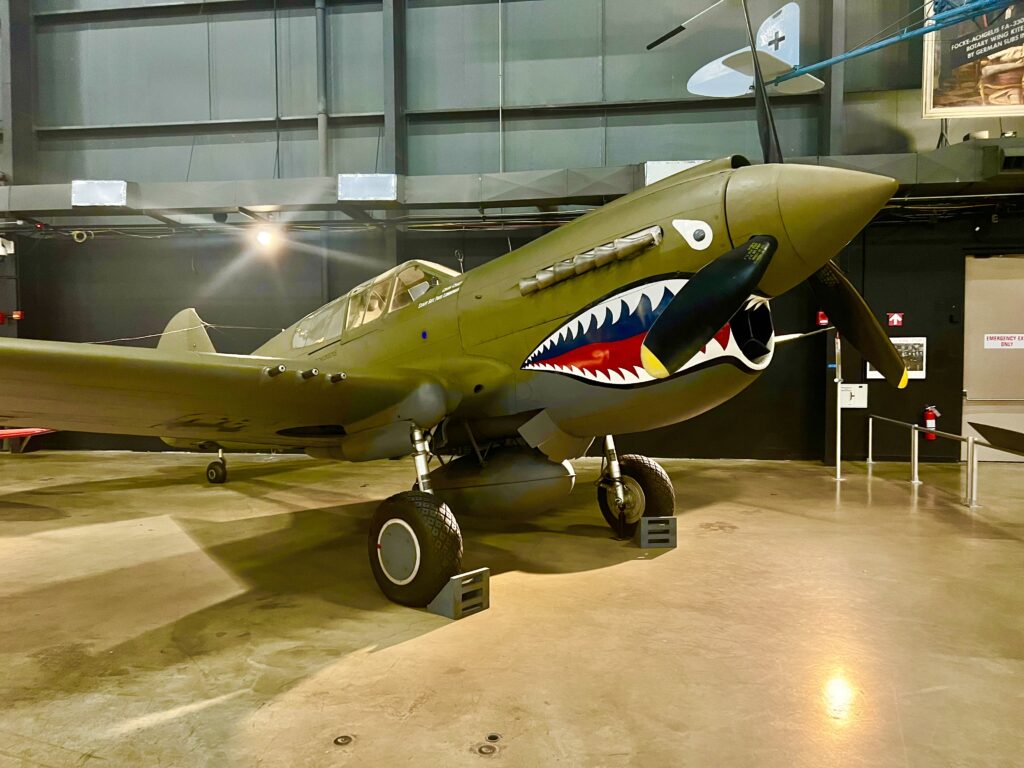
Stealth Aircraft
The invention of stealth aircraft fundamentally changed modern warfare, and the National Museum of the U.S. Air Force has plenty of planes to showcase the gradual progression in stealth technology. My favorite was the F-117 Nighthawk, the world’s very first operational stealth aircraft. Designed in the 1970’s, I find it amazing they could have designed something like this without the aid of modern computers. The story behind it’s development is quite fascinating, and the subject of a wonderful book, “Stealth: The Secret Contest to Invent Invisible Aircraft”. The museum also has a B-2 Spirit stealth bomber, as well as a F-22 Raptor, a plane so advanced Congress voted to forbid its sale to foreign nations, including our closest allies.
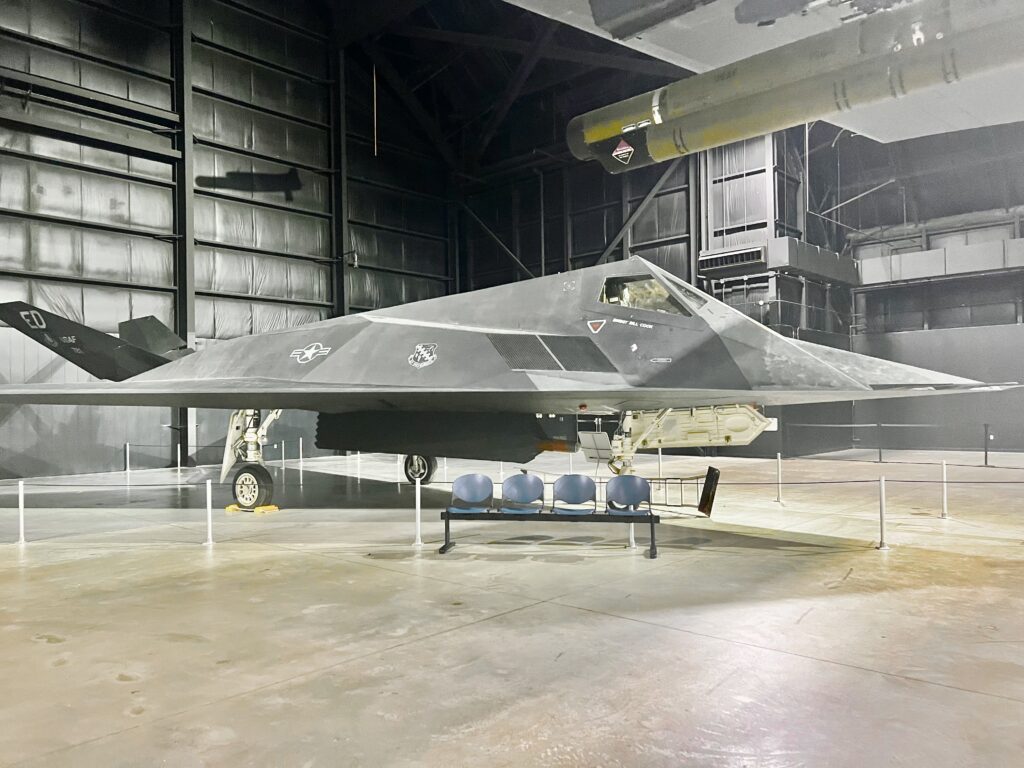
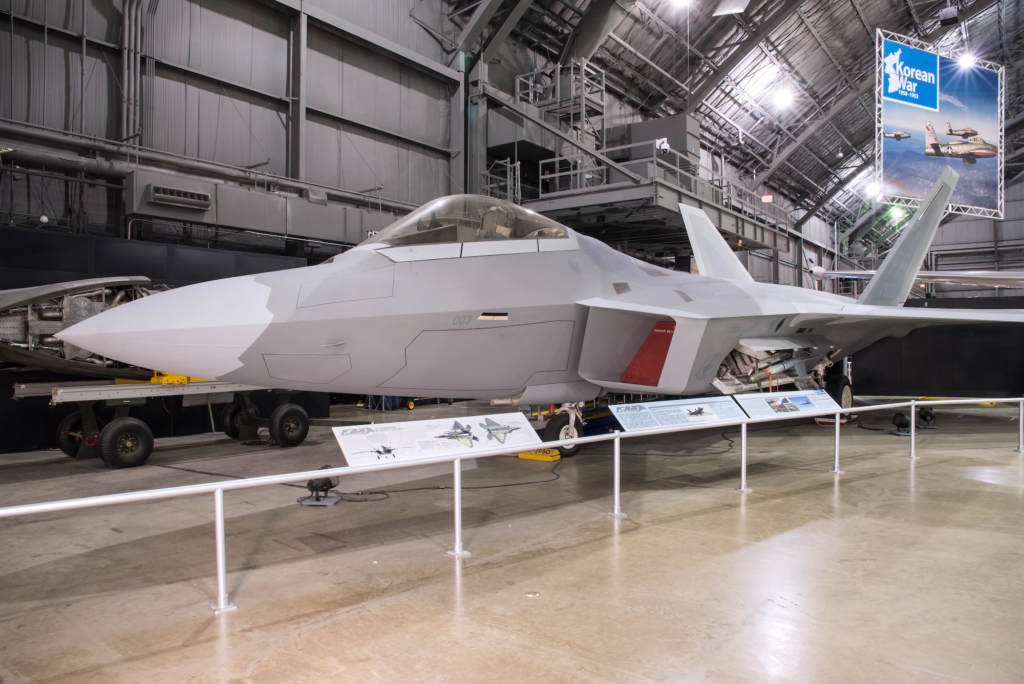

Nuclear ICBMs
The museum has an entire section devoted to the evolution of America’s land based nuclear arsenal, and it’s fascinating. Stand beneath the Jupiter, Titan, and Minuteman missiles and marvel at their size. Tour the model launch control center, and learn how the facilities managing these weapons operate. I’m going to skip over the details, but odds are if you’ve ever had a question about nuclear weapons, one of the exhibits has an answer for you.
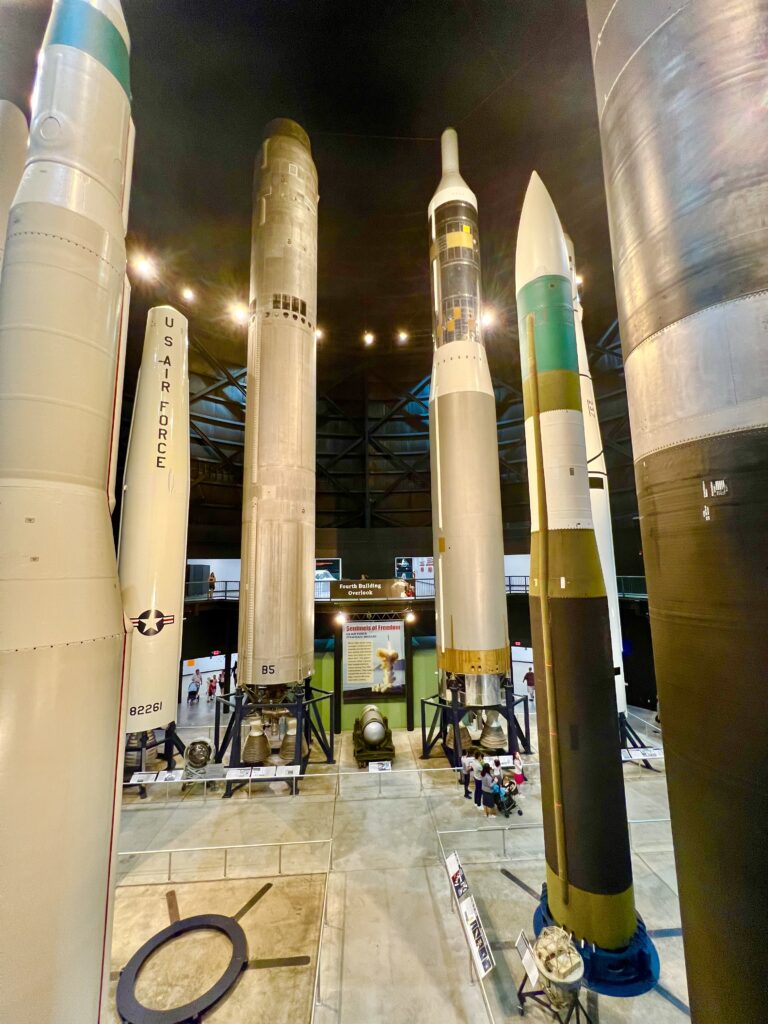
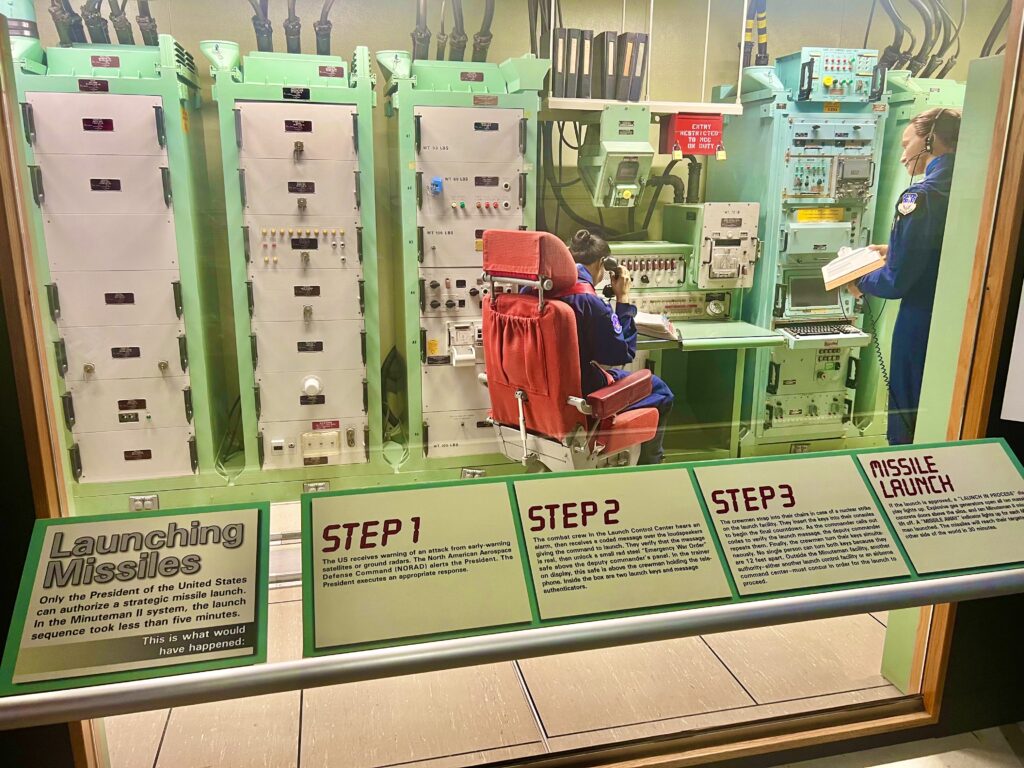
Presidential Planes
The Presidential Galley is one of the coolest sections of the museum, and most of the aircraft are open for tours. Walk through “Sacred Cow”, the very first aircraft specifically built to fly the President of the United States. Built for FDR during World War II, the plane carried the President to the Yalta Conference in 1945. There’s the “Independence”, built to fly President Harry Truman, who named the plane after his hometown in Missouri. Next is “Columbine III”, President Eisenhower’s personal plane, which he named after Colorado’s official state flower. The plane succeeded “Columbine II”, which was the very first plane to have the Air Force One designation.
My personal favorite though was President Kennedy’s Air Force One. You can tour the plane where LBJ was sworn in a President, and which carried President Kennedy’s body from Dallas to Washington DC. This is also the plane which carried President Nixon on his famous “Journey for Peace”, becoming the first President to visit China.
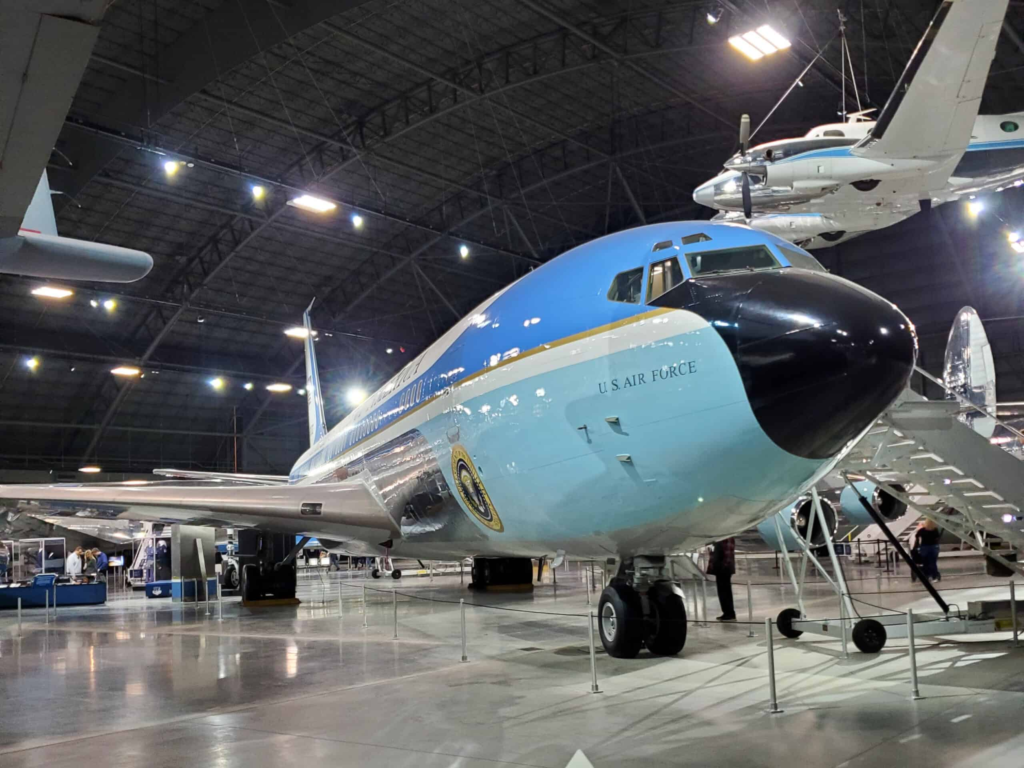
Conclusion
I tried to keep this reasonably short, but it was challenging as the National Museum of the U.S. Air Force has so many exhibits worth writing about. I spent 6 hours exploring the museum, and it wasn’t enough time to see everything. Sure I could have walked around and technically seen everything, but all the information was so interesting, I wanted to stop and read all the displays. It’s a pretty good bet I’ll be making a return trip at some point, hopefully an unbiased endorsement of how much I enjoyed it. Dayton isn’t going to top anyone’s list of dream vacation destinations, but if you’re ever in the area, the National Museum of the U.S. Air Force is a must see.
